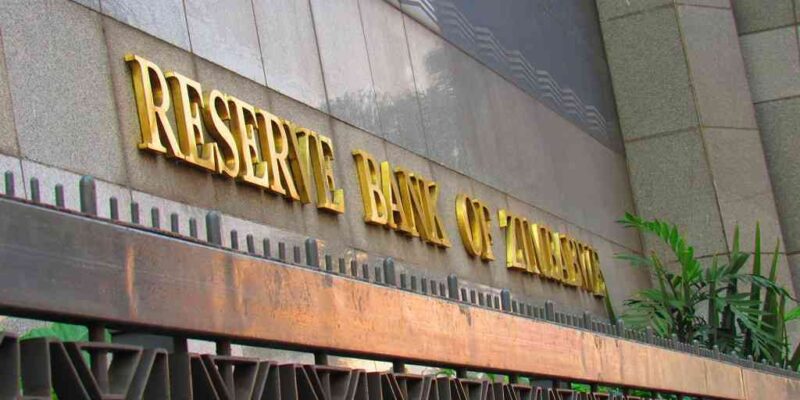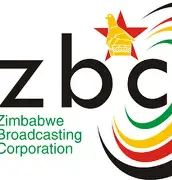Zimbabwe’s economy is showing growing signs of stability, buoyed by a consistent monthly foreign currency surplus of US$400 million, according to the Reserve Bank of Zimbabwe (RBZ). The central bank reports that from January 2024 to February 2025, the country recorded average monthly foreign currency inflows of US$1.1 billion, while external payment obligations stood at US$784 million. The resulting surplus is creating a robust financial buffer that is helping to stabilise the economy, underpin the local currency, and strengthen liquidity across the financial system.
“This surplus provides crucial breathing room for the economy, allowing us to anchor monetary policy and enhance confidence in the financial system,” said RBZ Governor Dr John Mushayavanhu.
The positive balance is also expected to improve lending conditions as banks grow more confident in Zimbabwe’s external sector. Financial institutions are beginning to signal a willingness to ease lending terms in response to the improved foreign currency position..
Credit expansion in the new local currency, the Zimbabwe Gold (ZiG), has also stabilised. Since the introduction of ZiG in October 2024, loan growth has slowed to an average of 1 percent per week, compared to 6.9 percent prior to its launch. As of March 2025, total ZiG loans amounted to ZiG50.7 billion, with local currency credit comprising 12 percent of the total and deposits making up 15.9 percent of the banking sector’s deposit base.
“With an extra US$400 million every month, the central bank is able to adopt a more measured approach to credit creation. This ensures that loans support sustainable economic activity, rather than fuelling speculative or inflationary borrowing,” said economist Dr Prosper Chitambara of the Zimbabwe Economic Research Institute.
Mrs Gladys Shumbambiri-Mutsopotsi, an independent economist, echoed this sentiment, noting that the balance between external resilience and internal credit discipline is vital for long-term economic health. “Disciplined growth in ZiG credit, underpinned by the foreign currency surplus, reflects a cautious and effective monetary stance that benefits both depositors and borrowers,” she said.
Backing this monetary prudence, the RBZ confirmed that Zimbabwe’s reserves of foreign currency and gold now exceed the entire stock of reserve money and ZiG deposits by more than threefold. Dr Mushayavanhu noted that since August 2024, this reserve strength has allowed the central bank to effectively stabilise the exchange rate.
“This gives the RBZ room to stabilise the exchange rate when needed,” he said, adding that the surplus has already helped narrow the parallel market exchange rate premium from over 100 percent to below 20 percent, significantly reducing currency volatility.
Inflation is also trending downward, with month-on-month inflation projected to remain below 3 percent on average throughout 2025. Annual inflation is expected to fall below 30 percent by year-end, despite a mid-year uptick due to base effects from the currency transition in October 2024.
“The Reserve Bank reaffirms its commitment to ‘walk the talk’ on prudent monetary policy. Our objective remains to anchor inflation and currency expectations while fostering conditions for sustainable economic growth,” said Dr Mushayavanhu.
The central bank’s economic outlook aligns with the government’s 2025 GDP growth target of 6 percent, signalling that current fiscal and monetary measures are laying the groundwork for a more resilient and investor-friendly environment.














Comments